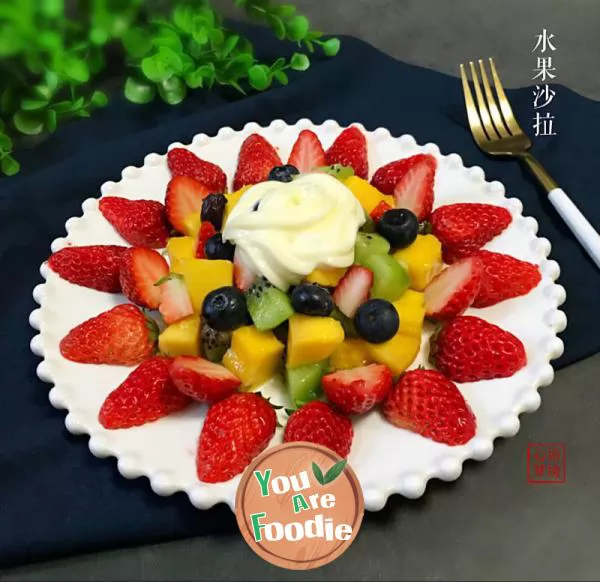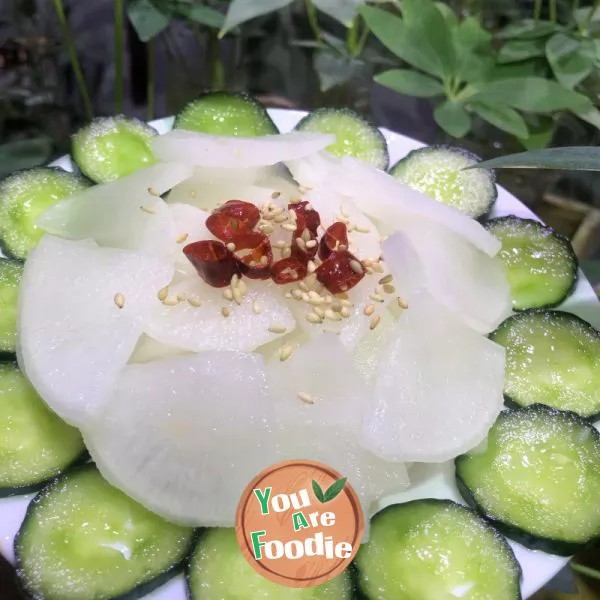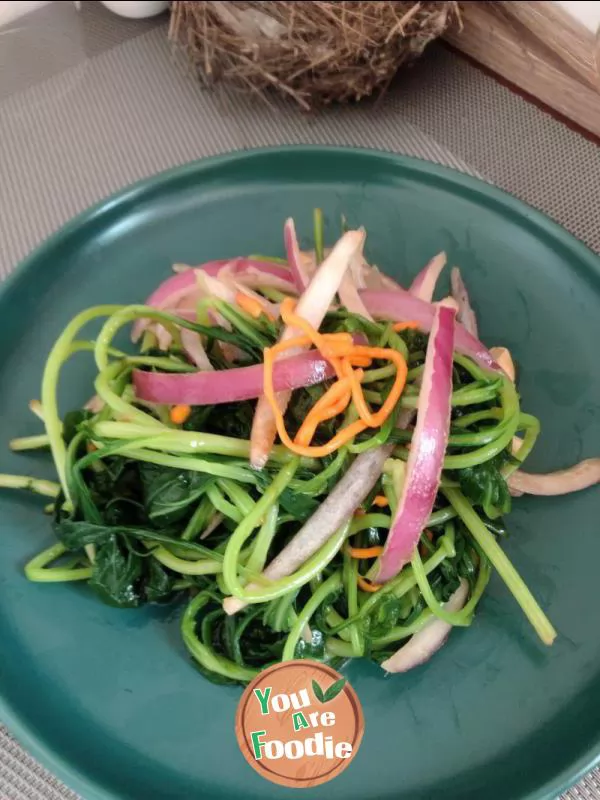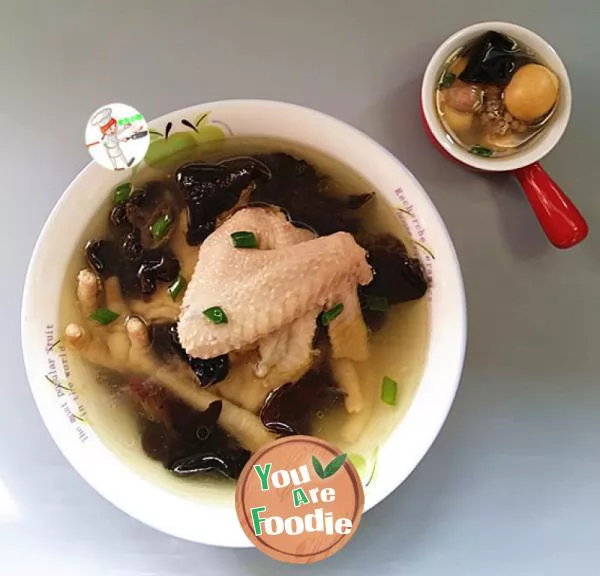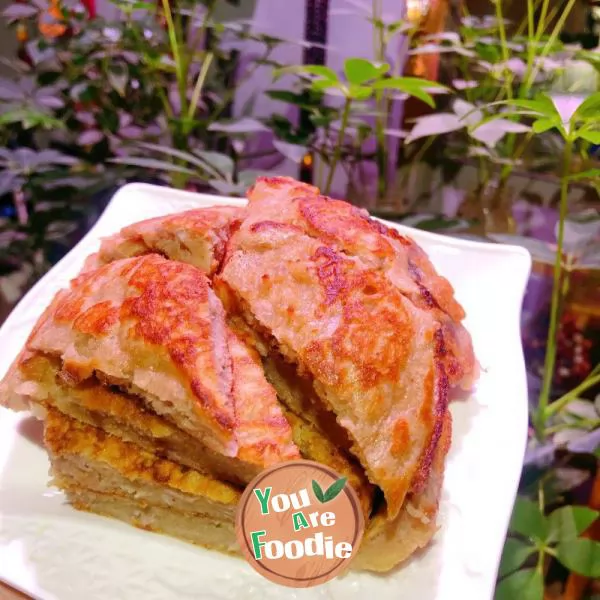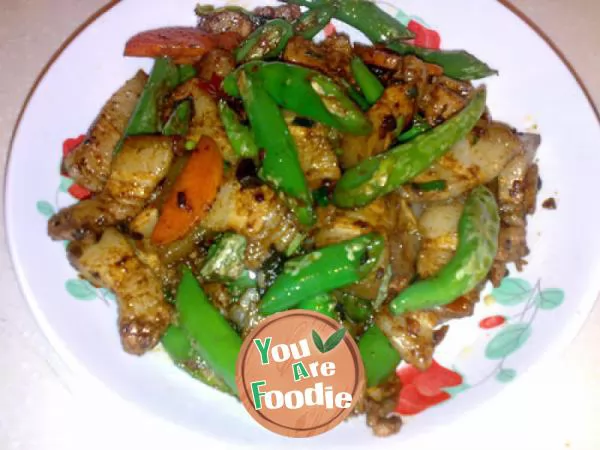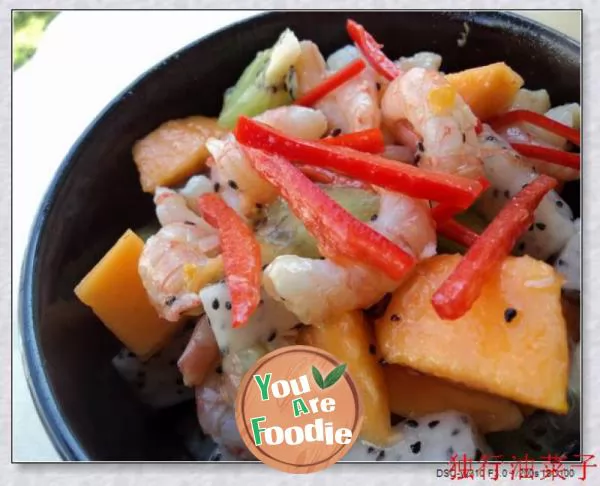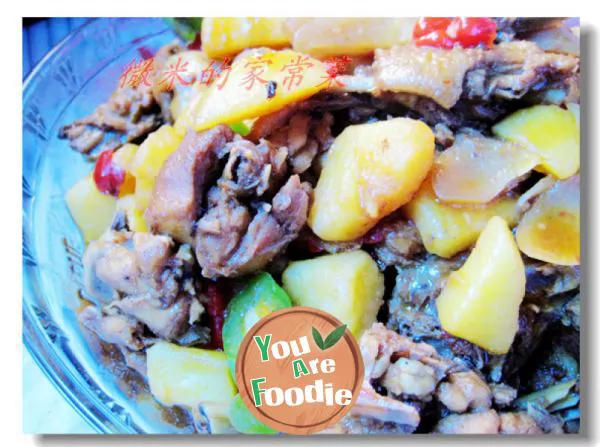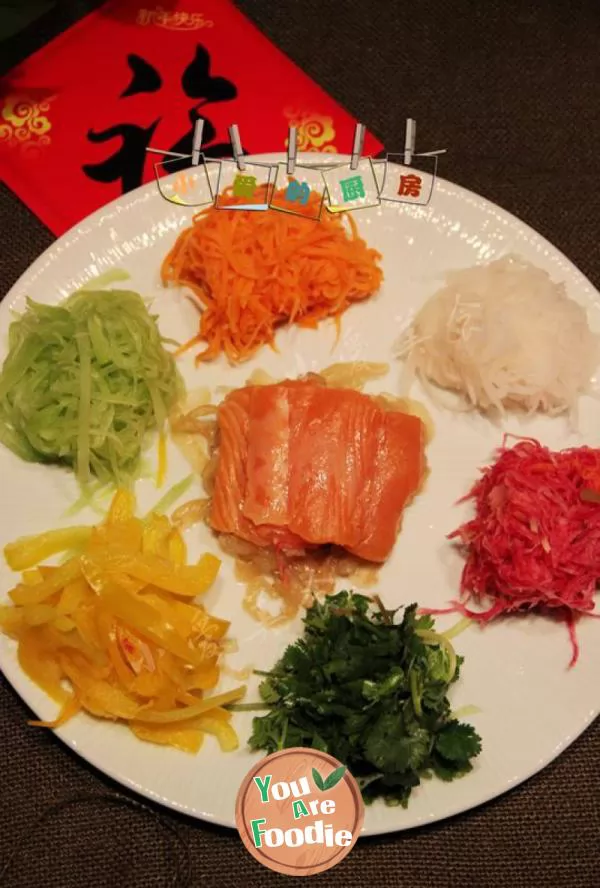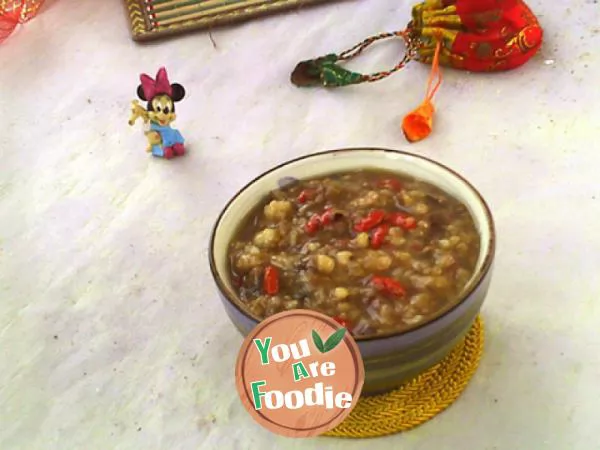
Congee with Nuts and Dried Fruits
Laba porridge is also called "Wuwei porridge", "Qibao porridge" and "Babao porridge". According to legend, this porridge is related to the Buddha Sakyamuni, so it is also called "Buddha porridge".It is said that Sakyamuni visited all the mountains and rivers in India. He was so hungry and tired that he fainted to the ground. Fortunately, I met a shepherdess who cooked and fed her with wild fruits and grains. She was refreshed. She meditated under the bodhi tree and finally became a Buddha on December 8. The believers then designated this day as the Chengdao Festival, and imitated the shepherd girl to cook porridge to commemorate it, which was called "Laba porridge".The custom of drinking Laba porridge in China came into being only after Buddhism was introduced into China after the Eastern Han Dynasty. In the Qing Dynasty, the Lama Temple cooked Laba porridge as a grand ceremony, which was very spectacular.The Yonghe palace porridge pot has a diameter of 2 meters, a depth of 1.5 meters, and can hold 20-30 loads of rice (each load is 60 kg). Laba porridge is cooked by more than 10 strong and specially trained Kitchen Attendants. On the morning of the seventh day of the lunar new year, he ordered to raise the fire and cut the food by the number. The three floors outside and inside the porridge pot were full of people. The innermost three floors are the cook who cooks porridge, the Lama who recites scriptures and the monks who hold scriptures. I was a eunuch delivering porridge. The porridge was completely cooked with firewood. It was boiled into 6 pots. The first pot is sent to the Taimiao temple, shouhuang hall, temples and Buddhist halls in the Qing palace and Xiyuan for worshiping the ancestors. The second pot was sent to the emperor and Empress and given to the concubines, sons and grandchildren. The third pot is for princes and monks in Kyoto. The fourth pot is for all civil and military officials and local ministers in Beijing. The fifth pot is for lamas and monks holding scriptures in Yonghe temple. The sixth pot was distributed to the common people.The emperor was devout in eating porridge. First, the porridge was offered to the Buddha, knelt down with incense, and was taken back for food after the incense was exhausted. It is said that if you eat the porridge used by the god Buddha, you will be blessed by the god Buddha and have peace all the year round. Emperor Daoguang wrote the poem "Laba porridge": "in the early summer of the first day of the sun, the millet is cooked for porridge and beans. At the festival, the Buddha is willing to pay tribute, and the golden light is silently given to the general public. There are a few fragrant fragrance floating, and a lot of fruits and vegetables are piled on the plate. A total of good tasting products reach the wonderful gate, and the color of the wonderful gate is said to be the lotus torch. Children are full of food to celebrate the rise of peace, and they also beat wax drums on the streets." however... Isn't the porridge cold at this time?The porridge that Buddha ate in those days could not be refined. There are many Laba porridge recipes, which are very homely. Even so, we can't find water caltrops and green red silk at home. Presumably this porridge comes from Jiangnan? Fortunately, Laba porridge has a lot of materials, so you don't have to stick to it. Water chestnut is changed into job's tears; Medlar is used for green and red silk. The function of these two is nothing more than to add color and increase the viewing degree of porridge. He hesitated to reduce the amount of brown sugar. Fortunately, he had to omit the white sugar. If the original prescription was sufficient, he would not be willing to accept the sweetness. In the future, let's make original porridge.Eating porridge in the morning is good for your stomach.Shu, "Xinhua Dictionary": "stick sorghum, you can make wine." "Ci yuan": "the sticky millet is called sorghum. It can make wine."
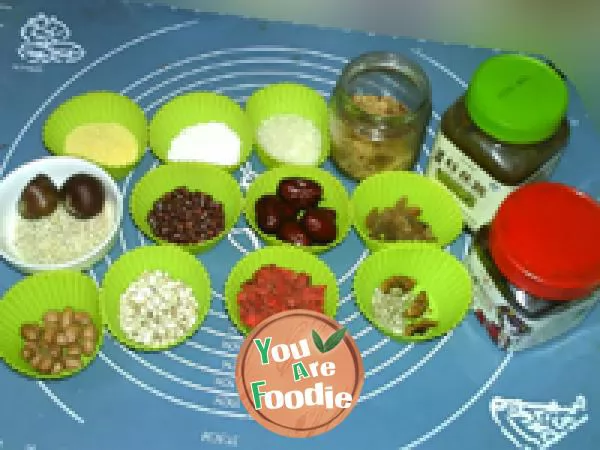
Step 1 . Materials used
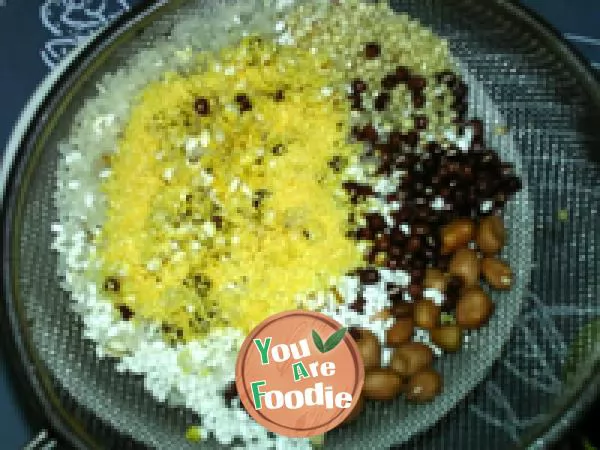
Step 2 . Wash and drain the rice and beans
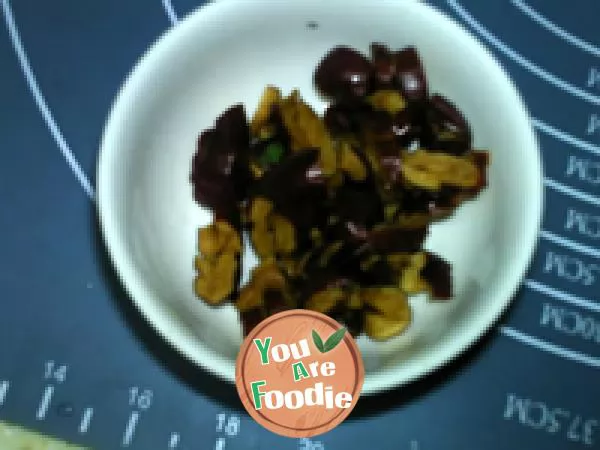
Step 3 . Remove the pit of red dates and cut small diced ones
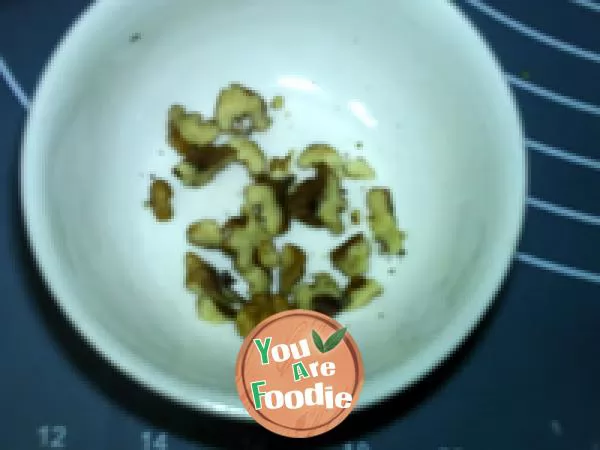
Step 4 . Chop walnut kernels
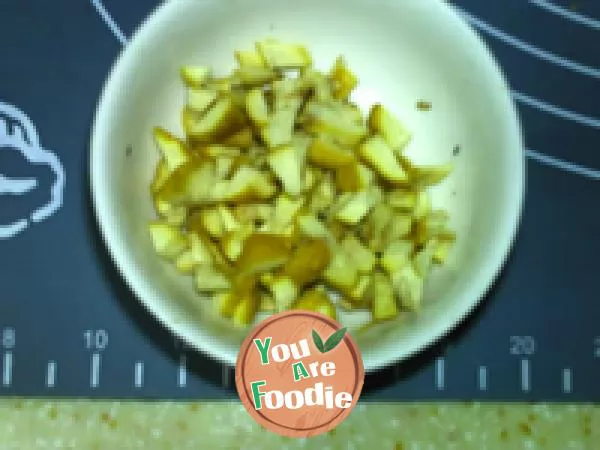
Step 5 . Peel and dice chestnuts
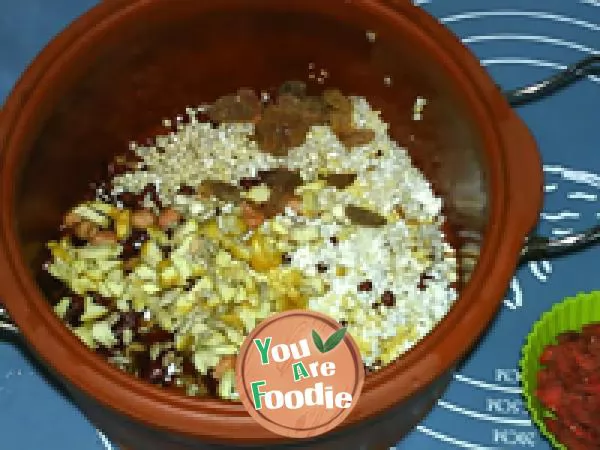
Step 6 . Pour all the ingredients into the electric stew pot, including Chinese wolfberry, sweet osmanthus, sweet rose, and brown sugar,
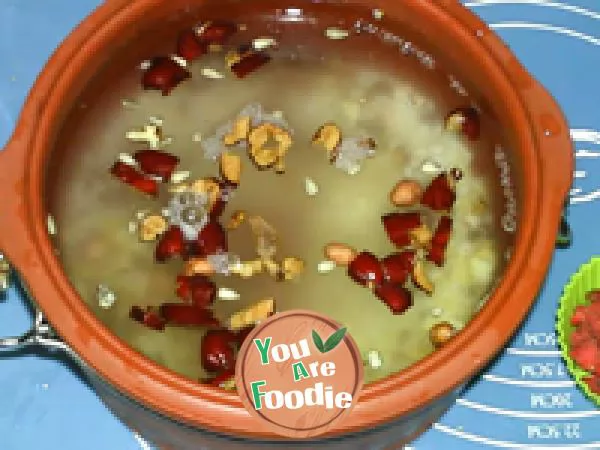
Step 7 . Add water to full capacity
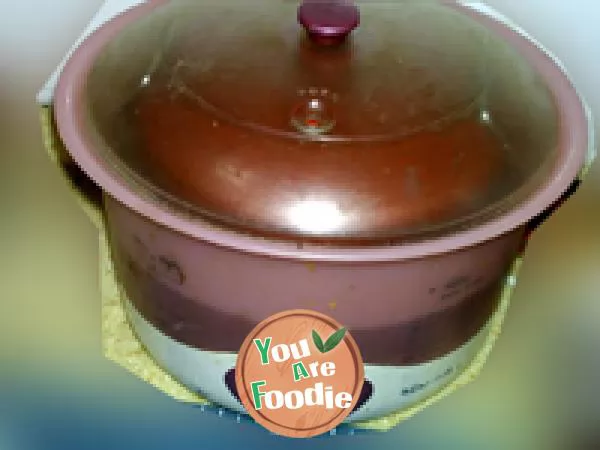
Step 8 . Place in an electric stew pot, set at low temperature, and simmer overnight over water
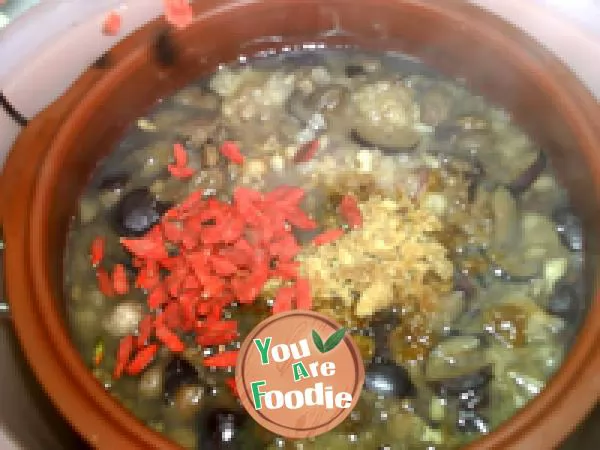
Step 9 . Morning rise, rice rots, add goji berries, sweet osmanthus flowers, sweet roses, brown sugar
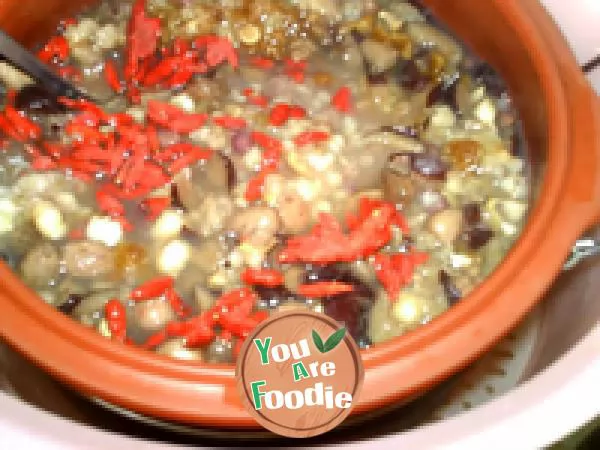
Step 10 . Stir well and simmer for another 15-30 minutes

Step 11 . Serve out for consumption
* Information is provided from the Internet, If there is a copyright infringement, Please contact administratoryouarefoodie.com, We will deal with as soon as possible, Thank you!
